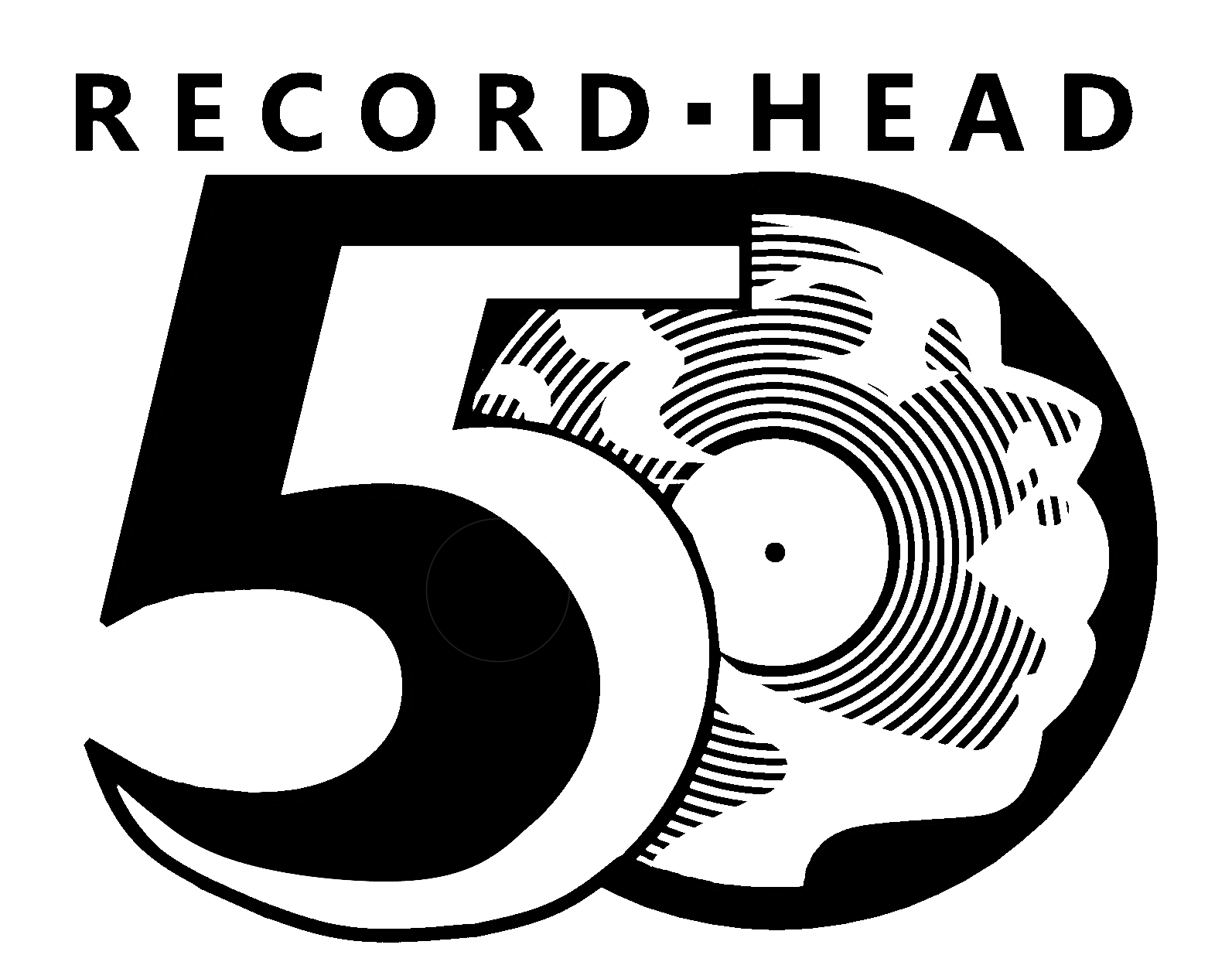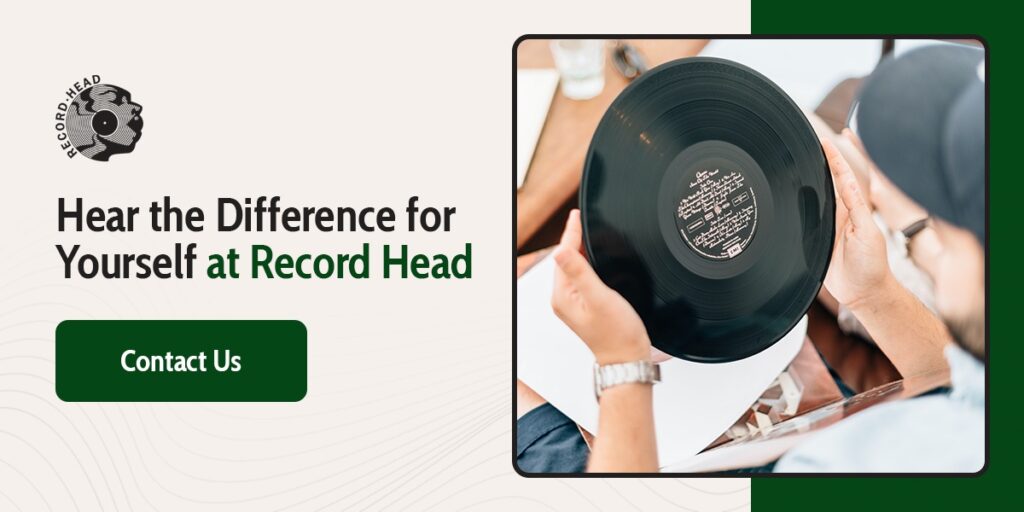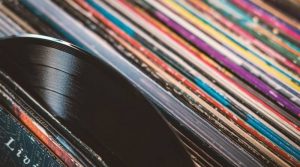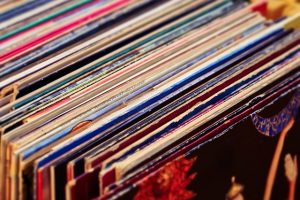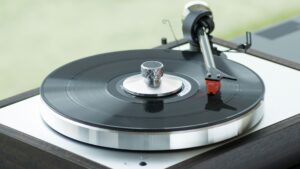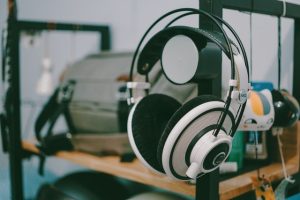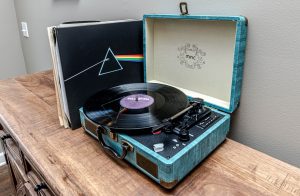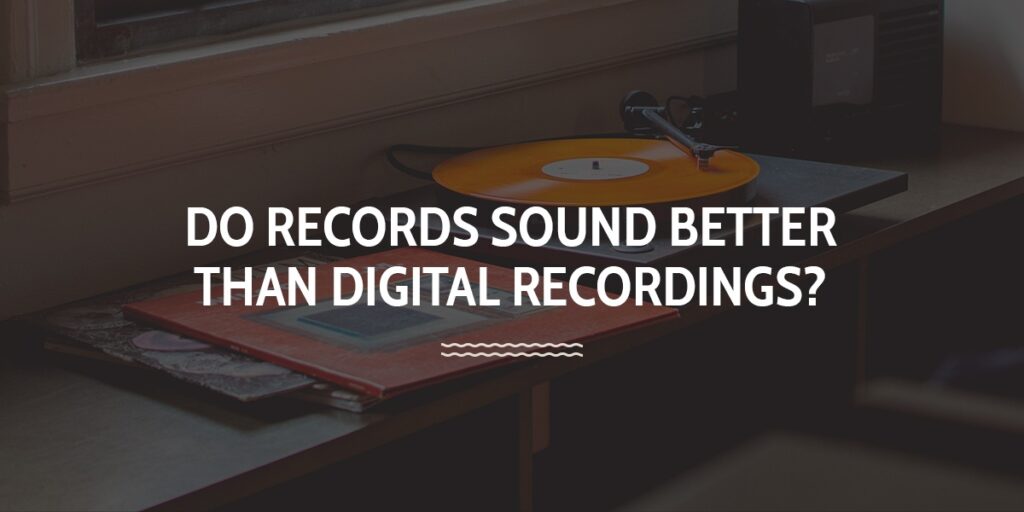
Digital recordings are more accessible than ever, allowing listeners to play songs instantly from many devices. Digital audio was first introduced using the compact disc format, which Sony and Philips developed together. However, vinyl records have surged in popularity, leading to a debate over whether digital or vinyl recordings create a better sound. But are records better than digital?
While the answer lies mainly in your personal preferences and the qualities you are looking for in your audio experience, there are major differences between the two sounds.
How Do Digital Music Players Work?
After recording the audio for digital music, the artist sends the signals through an analog-to-digital converter (ADC) for a computer to process the song as a series of ones and zeros. The resolution will depend on the same rate and bit depth of the audio.
While playing digital music, the encoded data travels back through a digital-to-analog (DAC) converter before passing as an amplified signal to headphones or speakers.
How Do Record Players Work?
Artists will electronically send finished records to a vinyl manufacturing center, where a lathe cuts the recording into a piece of lacquer with grooves that match the music’s waveform. This disc, known as the master disc, creates vinyl records.
Your record player needle follows the record’s groove, creating an electronic signal and producing sound. Typical record players have a needle called a stylus that rests on the record in the spiral groove. This needle reads the grooves of a record.
Do Records Sound Better?
Vinyl offers great sound quality. Here’s a breakdown of some key points typically discussed in vinyl records: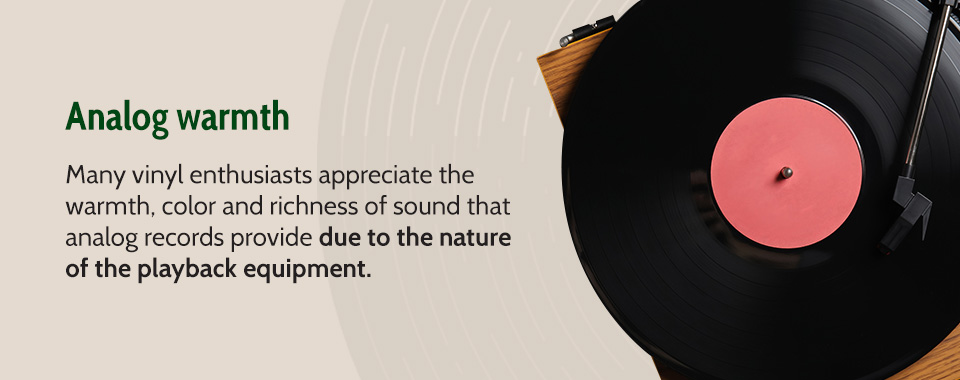
- Analog warmth: Many vinyl enthusiasts appreciate the warmth, color and richness of sound that analog records provide due to the nature of the playback equipment. This warmth is often attributed to the continuous nature of analog signals, which some believe creates a more natural and pleasing sound. You get the full experience of the song.
- Dynamic range: “Dynamic” is how the music world describes the volume of music. Vinyl can handle a wide dynamic range, though it might not be as extensive as some high-resolution digital formats. However, how vinyl handles dynamic shifts can appeal to many listeners.
- Physicality and ritual: The physical nature of vinyl records and the ritual of playing them — handling records and setting the needle — add a tactile dimension to the listening experience that digital formats can lack.
- Analog imperfections: Vinyl records can have surface noise, pops and clicks, which some listeners find charming, while others see them as imperfections.
What Are the Differences in Sound Between Vinyl vs. Digital?
The vastly different creation processes create distinct sound qualities. Some differences in how vinyl sounds compared to digital recordings include:
- Frequency response and distortion: Vinyl records cater to the total frequency of human hearing — it can reproduce a range of frequencies that covers the whole audible spectrum, from 20 Hz to 20 kHz. As the spiral becomes tighter, you may experience distortion. Digital audio typically offers a cleaner, more precise sound with minimal distortion — especially in the high-frequency range.
- Dynamic range: Digital files allow a difference of over 90 decibels between the loudest and softest sounds, creating a greater dynamic range than vinyl recordings — compared to vinyl, which has a dynamic range of 55-70 decibels. This lower number is due to the limitations of a needle tracking in the groove of the record. Vinyl records take their information for the master copy, which is the purest form. Digital has an additional level of gain, allowing them to sound louder and thinner all at once.
- Channel separation: Vinyl records have a limited soundstage due to a 30-decibel separation between the left and right channels to the 90 decibels on digital files. Channel separation measures how well one channel ignores the other stereo channel, allowing you not to be able to hear signals from the right channel in your left side speaker.
- Mechanical noise and surface noise: Many turntables produce low-frequency noise from the bearings in the drive mechanism and are vulnerable to cracks and pops due to dust. Digital files use error correction to ensure the sound remains consistent.
- Speed variation: Turntables can have faster or slower playback speeds, whereas digital recordings use precise oscillators and data buffers to ensure the speed matches the original recording.
Ultimately, whether vinyl sounds better than digital is subjective. Some listeners prefer the nostalgic and tactile experience of vinyl, while others like the convenience and precision of digital formats.
Hear the Difference for Yourself at Record Head
So, is vinyl better than digital? Compare vinyl vs. digital sound quality by shopping our collection of new and used vinyl records and CDs at Record Head. With an impressive selection, you’ll find old and new artists to enjoy in whatever format you prefer. It might be worth experimenting with both to see which format aligns best with your personal preferences. Call us at 414-453-3900 or fill out our contact form to learn more! You can also shop our records online.
